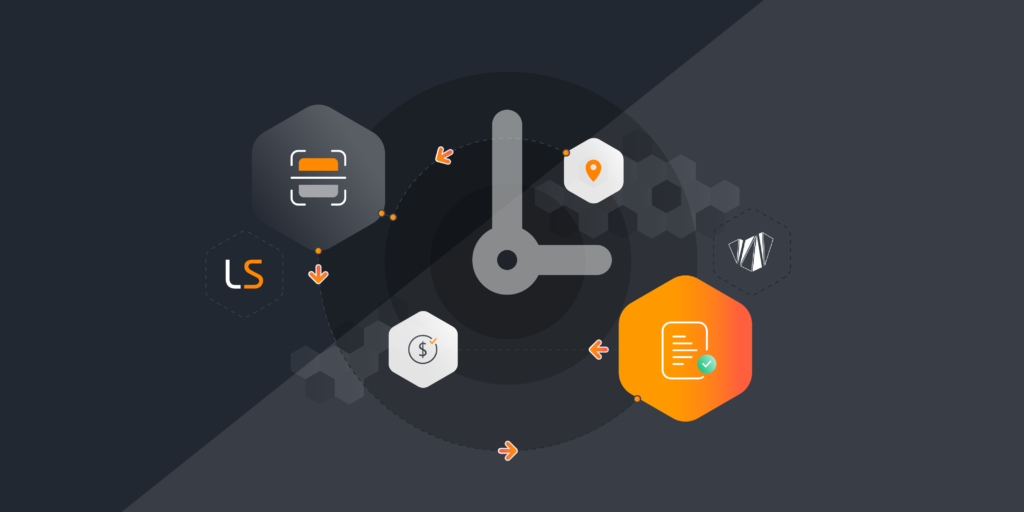
A number of organisations interested in improving the efficiency and effectiveness of their core ITSM/ITIL processes start by improving their CMDB. Some believe an optimized CMDB can power improvements in change management, incident management and problem management, and even drive risk mitigation strategies by supplying data for Governance Risk and Compliance (GRC) initiatives.
While CMDB is often the initial part of those discussions, in many cases, boosting efficiency and resping financial benefits comes down to IT asset management (ITAM) ITAM.
The term “CMDB” is often used to describe a single repository for the IT assets. This isn’t strictly correct in either process design terms or in practice for major platforms such as ServiceNow.
So, what’s the difference between a CMDB and an IT (hardware) asset database?
A CMDB is used to store Configuration Items (CIs). CIs are used to represent a wide variety of physical and non-physical IT components.
A server CI (for instance, a CI representing a physical server) is an obvious example of a CI representing a physical IT component. In this example, the server itself (the server hardware/infrastructure) is also an IT asset for the purpose of ITAM requirements. However, a CI may also be used to represent software, such as an installation of Microsoft SQL Server, or business applications such as the organisation’s ERP solution, which is made up of many physical and non-physical IT components. The CI can also represent services such as those which the organisation delivers to its internal or external customers.
Another key characteristic of a CMDB is the ability to relate CIs to each other. CI relationships provide incredible value to an organisation in terms of improving their ability to deliver high-quality IT service management to customers. Understanding and being able to visualise the dependencies between the variety of CIs that comprise an organisation’s ERP helps reduce the risk of unplanned outages, increase the speed at which incidents can be resolved, and make it easier to identify which components are having issues and need to be improved via problem management processes.
CIs and the CMDB provide an incredibly flexible and powerful way to represent almost any IT component that exists in an organisation’s IT landscape.
Key differences between CIs and IT assets
Here are some key differences between CIs and IT assets, and between CMDB and IT asset inventories:
- IT assets are physical in nature, whereas CIs can be physical or non-physical.
- IT assets typically only require high-level information, whereas CIs are typically described in fine-grain detail.
- IT assets usually don’t need to be related to one another, but to provide optimal value, CIs do.
- ITAM is typically focused on the planning, acquisition, distribution and disposal of IT assets. Configuration Management is subject to broad and complex interdependent processes, such as change management, incident management, problem management and others. These processes are far more focused on the resilience, controls, audibility and risks associated with the IT components that the CIs represent.
So, how does an organisation double the value by hydrating their CMDB with IT asset data? In the context of the ServiceNow platform, the answer lies in the fact that ServiceNow uses business rules to automatically keep the CMDB database tables synchronised with the asset management database tables, for the subset of CMDB CIs that should also be represented as IT assets. (Keep in mind, ServiceNow uses separate database tables for storing CMDB CIs and IT assets.)
When ServiceNow automatically synchs CMDB records with IT asset, a large portion of the underpinning data needed for ITAM requirements becomes available. The IT asset data is instantly available to inform decisions around financial management, capital refresh planning, depreciation schedules, asset contract management and disposal management.
It’s time to solve CMDB automation!
Automate Your CMDB with CI Synchronizer + Lansweeper
Lansweeper is the market’s leading and most comprehensive IT asset discovery platform. It automatically and continuously discovers all IT assets, including servers, laptops, desktops, virtual machines, operating systems, software, IoT assets and more to build an accurate, up-to-date IT asset inventory, along with detailed information about every asset, in minutes. Lansweeper integrates seamlessly with CI Synchronizer (Enterprise Edition), Powered by Syncfish, to auto-populate your ServiceNow CMDB, eliminating error-prone, time-consuming manual data entry.
A scalable SaaS, CI Synchronizer correlates and synchronizes Lansweeper asset data with your ServiceNow CMDB, automatically. The solution:
- Maps more than 30 asset types to CI classes, out-of-the-box
- Provides 15 sets of CI-related lists derived from Lansweeper data
- Provides 80 possible CI-to-CI relationships within the CMDB
- Can be up and running in under 90 minutes
The integration enables you to understand the current state of deployed software, plan for updates and rollouts, and proactively address vulnerabilities that could lead to security risks.
Contact us to see how to finally solve the CMDB automation challenge, and double the value of your CMDB with IT asset data from Lansweeper.


